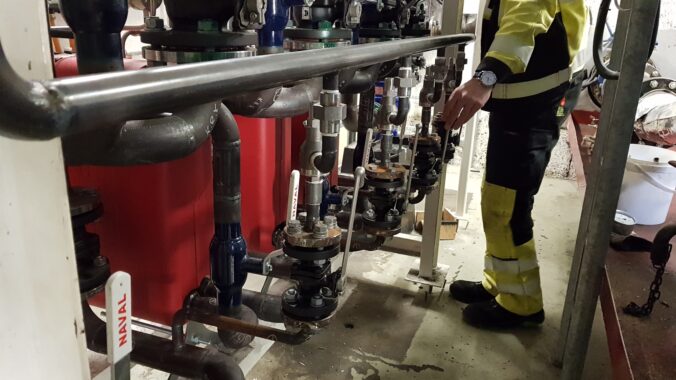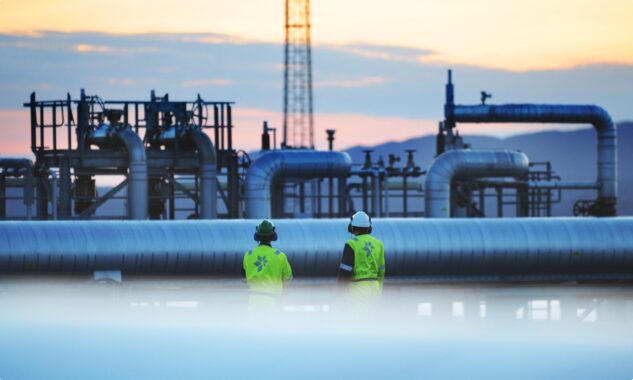
Pipeline safety – How gasket choices can mitigate health and safety risks
Geir Otto Amundsen on Case Studies · Jan 31, 2020
Nothing is as important as health and safety when it comes to industrial facilities. However, a critical component in piping systems is often overlooked, viewed as a consumable rather than a key to security, integrity and operational peace of mind. When it comes to avoiding dangerous emissions, leaks and related accidents and incidents, you have to ‘seal your safety’.
Pipeline and process leakages are the bane of industry. Unplanned loss of liquids and gases impact upon productivity, profitability, efficiency, the environment and, as a result, operational reputation and success. But arguably their most serious impact is their potential for harming people and property.
To put it bluntly: leaks kill, leaks destroy.
Workplace Fatalities*
10%
As a result of exposure to harmful substances or environments
2%
Attributed to explosions or fire
Catastrophic consequences
Leakage of gases, liquids and hazardous chemicals are responsible for significant contamination, fires and explosions at process facilities worldwide contributing to global deaths and injuries every year, .
As an example, at the time of writing, the U.S. Department of Labor’s Occupational Safety and Health Administration had just issued a USD 132,000 fine to Philadelphia Energy Solutions following a leak that resulted in a catastrophic fire, explosions and five injured workers last year. The incident led to the release of a significant quantity of (the deadly) hydrofluoric acid into the atmosphere, not to mention the closure and bankruptcy of the refinery.
It’s an incident that is far from exceptional.
But, thankfully, it is eminently preventable for forward-thinking facility owners and operators.
The devil is in the detail
By focusing on ensuring complete pipeline integrity it is possible to stamp out potential leakage and ensure optimal health and safety standards for your workers, the environment, and all your business stakeholders. Seals are the key.
Gasket seals are often an afterthought. Pipelines are designed to suit their purpose, environments and requirements and sealing solutions are selected at the last moment as the ‘glue’ to hold the structure together. However, seals are commonly regarded as the Achilles Heel of any system due to the potential for degradation, the need for maintenance and their propensity to leak (even with advanced systems of checks and precautions).
As such they shouldn’t be seen as simply ‘consumables’ but critical components with the potential to make or break (quite literally) any pipeline design. These may be relatively small items, but their value for your facility could be enormous.
So, what do you need to look for when sealing the safety of your piping?
A perfect (long-term) seal
Ideally, you want to install and forget - choosing a solution that mates with the pipe flanges, filling any irregularities for complete, reliable long-term integrity. A vibration resistant seal will ensure that it doesn’t loosen over time, eliminating the need for costly, and inefficient, maintenance requirements.
Corrosion-resistant
Corrosion is a major cause of leaks and accidents, with deteriorating seals releasing high-pressure liquids and gases, often with deadly consequences. However, by choosing a seal that is manufactured from the same metal as the flanges it connects to, this galvanic corrosion can be avoided… keeping your workers, and your facilities, safe.
Global cost of corrosion
$2.5 Trillion
Yearly Amount
3.4%
of Global GDP
Blowout safe
The seal is often the weak link in any flange assembly, meaning it can be quickly compromised under demanding conditions. However, by selecting a solution capable of creating a perfect seal (with metal-to-metal fusion) it will not degrade or change properties over its operational lifetime, keeping your crucial pipe connection blow-out safe.
Fire safe
Fires are public enemy number one at a broad range of industrial facilities, particularly those dealing with large quantities of highly flammable liquids and gases. In these environments’ seals must be able to withstand extreme conditions, maintaining the full integrity of pipe infrastructure. Check that your seals are independently certified to the highest industry standards for complete assurance.
Gas tight
Control the release of flammable gases, mists or vapors, and prevent sources of ignition, and facility owners and operators can eliminate ATEX zones. By utilizing certified gas-tight seals this can be accomplished, allowing for the construction of piping networks through potentially sensitive areas without the risk of explosion, leakage, or contamination. This can greatly impact on overall infrastructure design and cost while ensuring that workers, facilities and their surrounding environments are kept safe… for the long-term.
Remember, seals should be front of mind when it comes to safeguarding the integrity of your piping, your business, your reputation, the environment, and the health and well-being of your workers. Saving money in the short-term by opting for the cheapest solutions can be a very costly mistake. Choose quality, choose safety, choose long-term peace of mind and operational success.
Find out more about how DeltaV-Seal can protect your people, property and profits.
contact usMore from Case Studies
DeltaV-Seal increases available up-time on Ammonium Nitrate flanges
James Knights on Case Studies · Sep 16, 2024

Legacy semi-metallic gaskets leak, this is particularly visible on Ammonium Nitrate flanges. The DeltaV-Seal provides a significantly tighter seal than legacy gaskets, enabling fertilizer…
DeltaV-Seal - Preventing emissions of NOX gas during fertilizer manufacture
James Knights on Case Studies · Sep 16, 2024
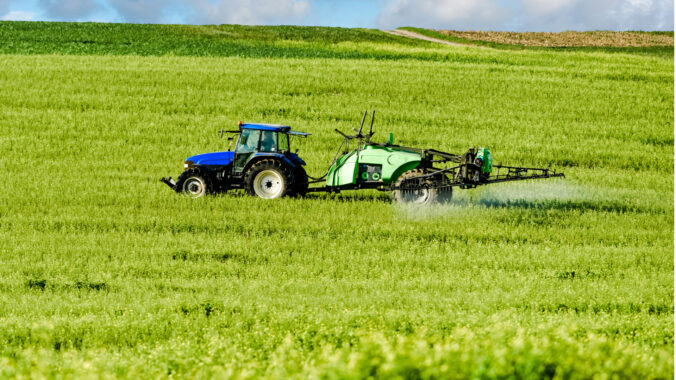
NOX is considered an indirect greenhouse gas, with strict PPM values for the amount of emissions a chemical plant can release. The DeltaV-Seal with its tight and durable seal prevents emissions of…
DeltaV-Seal - Reducing fugitive emissions in the Permian Basin
James Knights on Case Studies · Jul 22, 2024
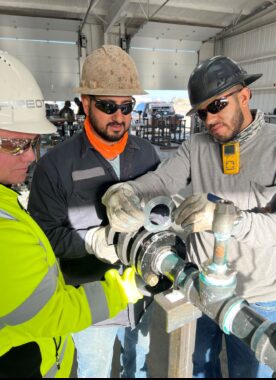
The United States Clean Air Act (CAA) is the comprehensive federal law regulating emissions from stationary and mobile sources. Among other things the CAA authorises the United States Environment…
Best Available Technology to reduce ATEX zones, increase reliability, and improve safety within a refinery
James Knights on Case Studies · Jul 21, 2023
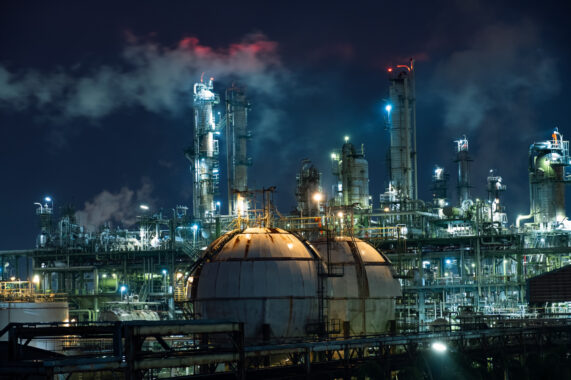
Europe’s most advanced refinery wanted to further pioneer by only utilizing Best Available Technology to ensure a safe and reliable operation with minimal impact on the environment, enhanced…
FPSO & Marine - DeltaV-Seals ensure the safe and reliable operation of inert gas systems
James Knights on Case Studies · Mar 21, 2023
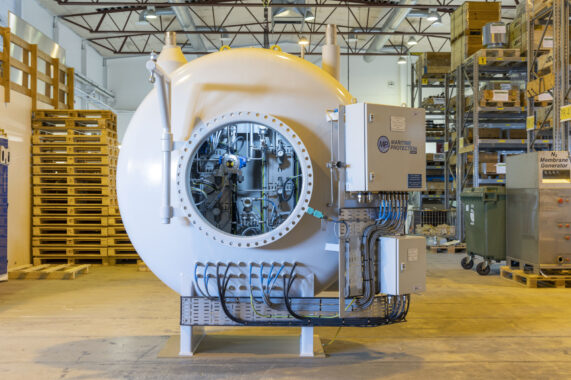
A market-leading expert for the maritime industry manufactures a range of inert gas generators to suit their client's needs. Vessels carrying cargo-producing hydrocarbon vapors require inert gas…
Preventing nitrous gas leakage at a Thermowell instrument flange joint
James Knights on Case Studies · Mar 09, 2023
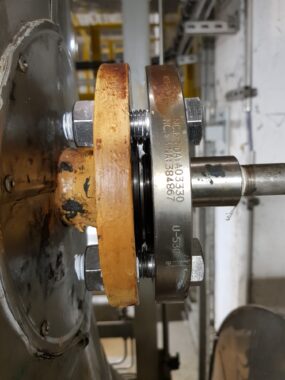
On a Thermowell instrument coupling flange joint a previous semi-metallic gasket required maintenance intervention 7 times in three-and-a-half years. Switching from a semi-metallic gasket to the…
Semi Conductor application for Nitrogen and Oxygen gas purifiers
James Knights on Case Studies · Feb 27, 2023
One of the world's leading semiconductor manufacturers in South Korea required a carbon-free, bacteria and virus-tight gasket capable of withstanding temperatures up to 500°C. The DeltaV-Seal™…
ATEX Zoning reduction & Equipotential bonding possible with the DeltaV-Seal
James Knights on Case Studies · Jan 09, 2023

Recycling metallic canisters containing flammable gases to prevent the emission of the gases to the environment and recycle the metallic packing material.
Reducing ATEX zoning within a biogas plant
James Knights on Case Studies · Nov 11, 2022
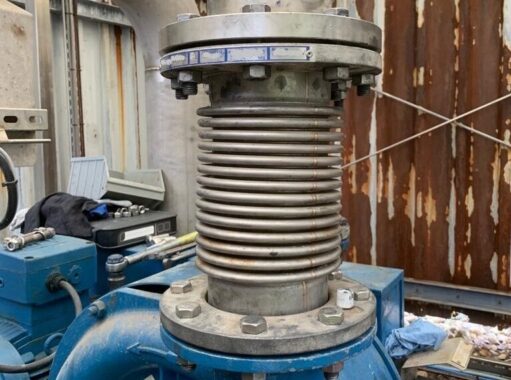
Local regulation of a biogas plant in Western Europe required ATEX zoning. Utilizing several technical standards including EN1127, EN1591, and Pipeotech's extensive library of product testing, it has…
Cleaned gaskets within a peroxide system of a chemical processing plant
James Knights on Case Studies · Oct 11, 2022
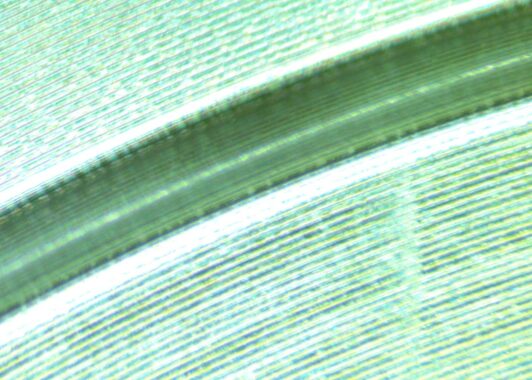
Ensuring product quality and plant safety with a clean, bespoke, tight, and durable seal. The DeltaV-Seal enabled a manufacturer of peroxide to ensure their product was made safely and was free of…
Corporate environmental responsibility ‘done right’ with long-term methane mitigation by design

Jo Shailes on Case Studies · Nov 02, 2021
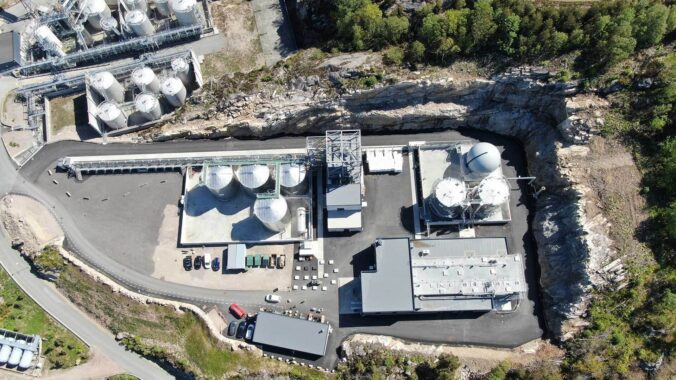
Methane is one of the most potent greenhouse gases and avoiding leakage is a priority when using methane systems. Methane also ignites easily, so there are clear and immediate HSE incentives for…
Gasket ensures a long-lasting seal
James Knights on Case Studies · Nov 02, 2021

In manufacturing fertilizer, ammonium nitrate is added to the process, and traditional, spiral wound and Gylon gasket technology often deteriorate in these conditions, resulting in leaks. This is…
ATEX zoning unnecessary with DeltaV-Seal™

Jo Shailes on Case Studies · Nov 01, 2021
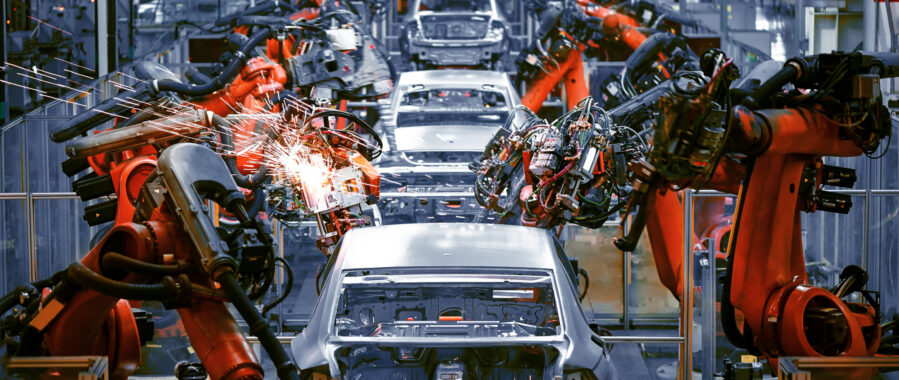
During final assembly in the factory, cars are filled with fuel before being transported to their final destination. To facilitate this, fuel lines run throughout the facility. However, along the…
DeltaV-Seal™ stops flammable leakage, prevent fires

Jo Shailes on Case Studies · Nov 01, 2021
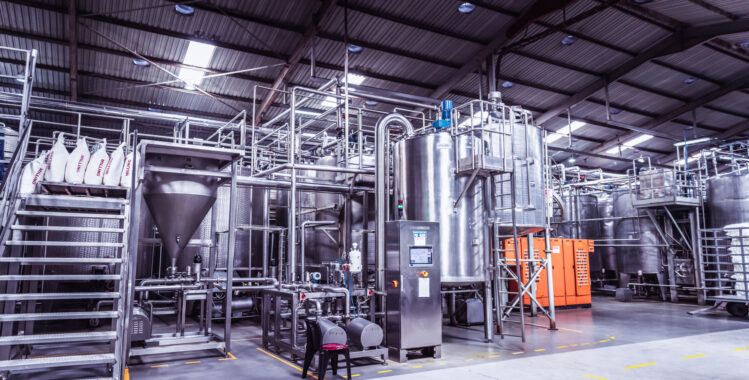
In facilities that use hot oil heat transfer fluid systems, fire hazards are a significant challenge due to the combination of organic combustible liquids, which run at temperatures above their flash…
DeltaV-Seal™ prevent fires, promote safe environment

Jo Shailes on Case Studies · Nov 01, 2021
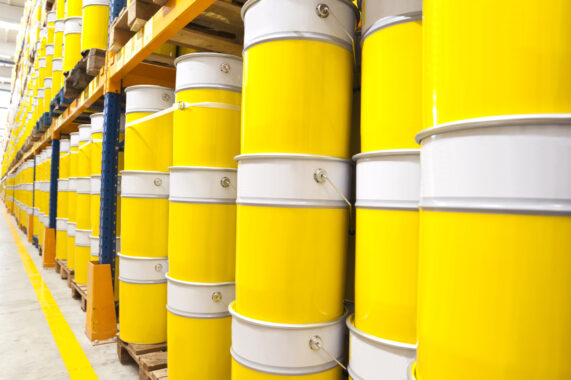
The use of hot oil systems in manufacturing presents challenges when traditional gaskets breakdown and cause leakage. As liquids in the system are kept at a temperature above their flash point, when…
DeltaV-Seal™ prevents leaks and pipe corrosion

Jo Shailes on Case Studies · Nov 01, 2021
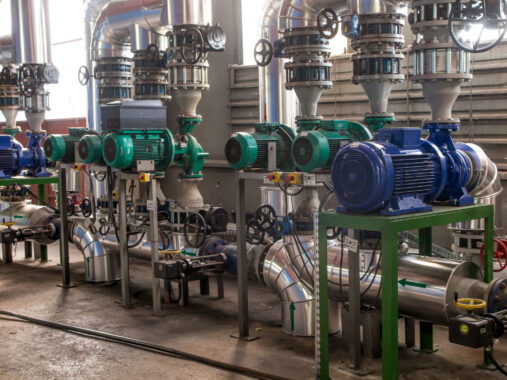
In district heating and cooling, generic spiral wound gaskets frequently cannot cope with the cyclical temperature conditions and often fail, leading to leakages and corrosion of the pipeline. This…
DeltaV-Seal™ performs under extreme marine conditions

Jo Shailes on Case Studies · Nov 01, 2021
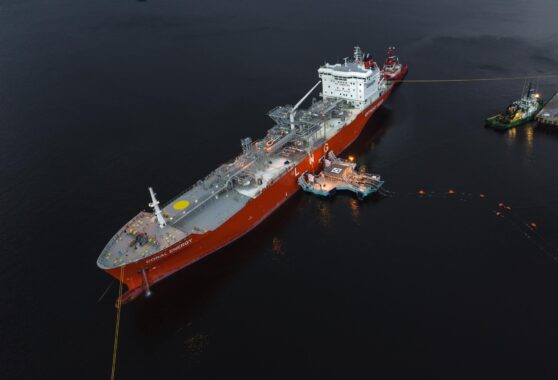
Importing ship-to-shore Liquefied Natural Gas (LNG) requires robust and efficient pipeline seals that are compliant with high environmental standards. The thermal cycling caused by the cryogenic…
DeltaV-Seal™ reduces greenhouse emissions

Jo Shailes on Case Studies · Nov 01, 2021
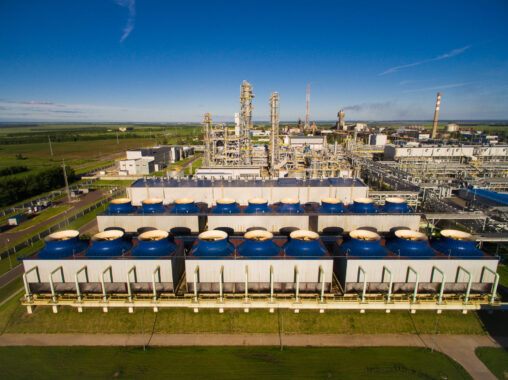
In fertilizer production, high-quality phosphorus fertilizers require nitric acid as a key ingredient, which is usually synthesized via the Ostwald process on-site (oxidizing of ammonia before…
In conversation with: Odd Skagestad, GE Healthcare Lindesnes
Geir Otto Amundsen on Case Studies · Jun 02, 2021
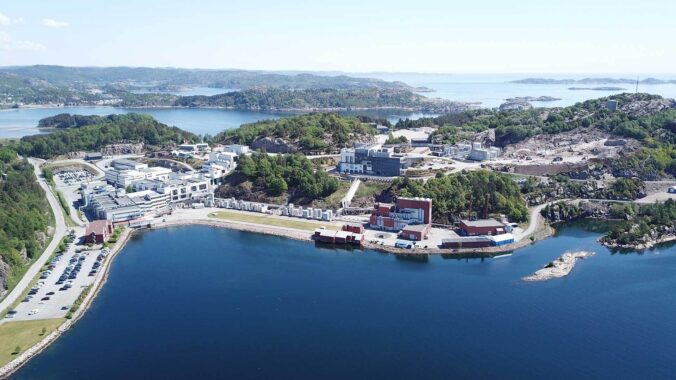
We recently spent some time talking with technical engineer Odd Skagestad from GE Healthcare Lindesnes about how DeltaV-Seal™ technology has impacted operations at a world-leading pharmaceutical…
Pipeotech’s reach goes atomic
Geir Otto Amundsen on Case Studies · Jan 05, 2021
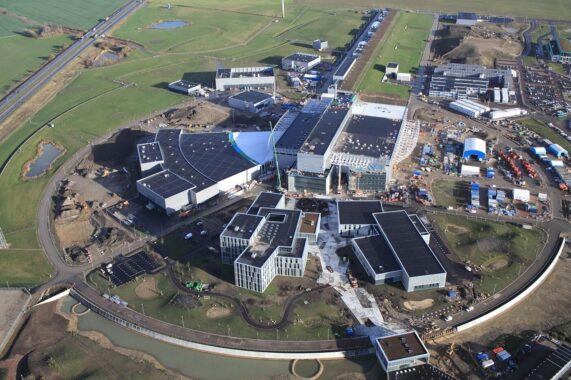
Pipeotech has taken gasket tightness to new microscopic levels by supplying DeltaV-Seal™ to European Spallation Source, the world’s most powerful neutron source, in Lund, Sweden. The new research…
VARD finds the perfect fit

Jo Shailes on Case Studies · Nov 11, 2020

Norwegian-based shipbuilder VARD has been installing Pipeotech’s DeltaV-Seal™ in its vessels since 2016 and the cost-saving benefits have been very clear to Johny Morland, Principal Engineer, QA and…
Corrosive influence - The dangers of galvanic corrosion for pipelines
Geir Otto Amundsen on Case Studies · Apr 22, 2020

Prevention is always better than a cure. Avoiding issues in the first place, rather than attending to them once they’ve occurred, is plain common sense. So why do so many industrial facilities…
Stopping expensive leakages at historic brewing facility
Geir Otto Amundsen on Case Studies · Jan 31, 2020
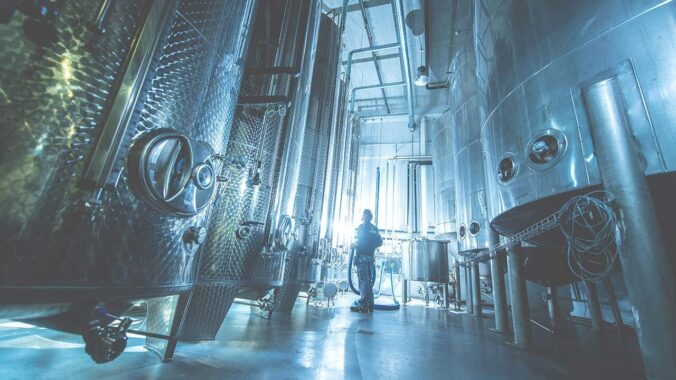
With the title of ‘the oldest brewery in Norway’, the Aass brewery is about as close as it gets to being a Norwegian institution. Situated on the banks of the river in the busy port city of Drammen…
DeltaV-Seal™ replaces kammprofile gaskets at critical distribution facility

Jo Shailes on Case Studies · Jun 12, 2019
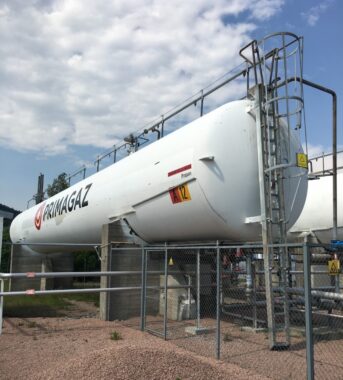
After a long relationship utilizing kammprofile gasket technology, Norwegian LPG distributor PrimaGaz Norge AS has decided to abandon the old kammprofile gasket design in favor of the new DeltaV-Seal…
Flare tip leakage is too hot to handle for the competition
James Knights on Case Studies · May 15, 2019
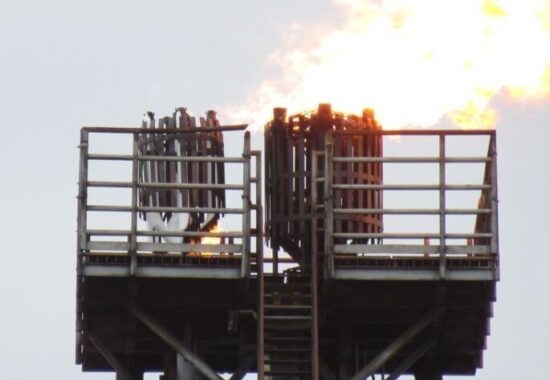
Pipeotech was called upon to provide a solution for Flare Tip flange leak in the North Sea. A North Sea Operator came to Pipeotech with a problem affecting a Flare line on their platform. This was…
Exceeding gas-tight sealing strengths and eliminating ATEX zones
Geir Otto Amundsen on Case Studies · May 08, 2019

Gaskets seals are generally the consumables often selected at the last moment in a design project and carry few expectations. Although viewed as less significant, this consumable can have the most…
Intergas exclusively use DeltaV-Seal™

Jo Shailes on Case Studies · Mar 26, 2019
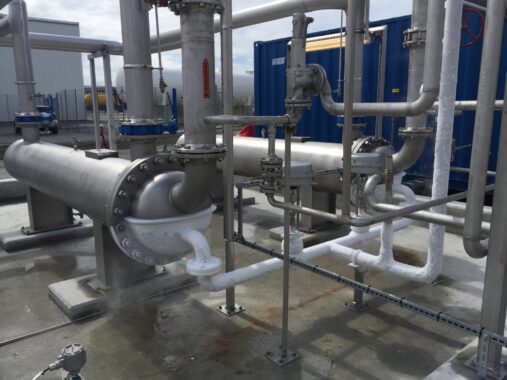
Following a highly successful test period, Intergas AS has announced that the DeltaV-Seal has been named as their exclusive seal of choice for all current and future liquefied natural gas operations.…
